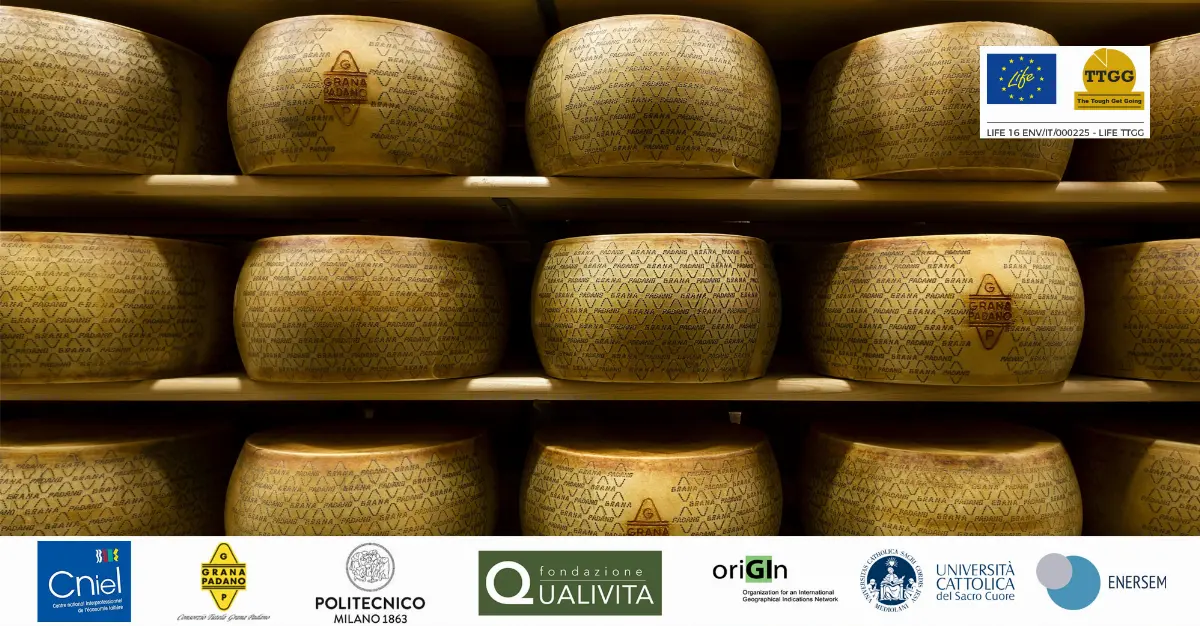
Do you want to access to this and other private contents?
Log in if you are a subscriber or click here to request service
New environmental efficiency solutions arrive from Grana Padano and Comté
The Life Ttgg project will develop software for the PDO cheese supply chains

The preliminary results of the Life Ttgg project were presented internationally through the online event organized by oriGIn entitled "Improving the efficiency of PDO cheese production processes in Europe: The Life Ttgg Project, intermediary results". The event aimed to disseminate the preliminary results regarding the implementation of the Product Environmental Footprint (Pef) methodology in the PDO...
hef - 22601
EFA News - European Food Agency
EFA News - European Food Agency